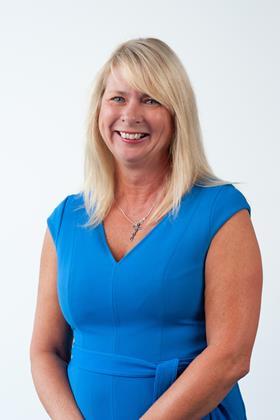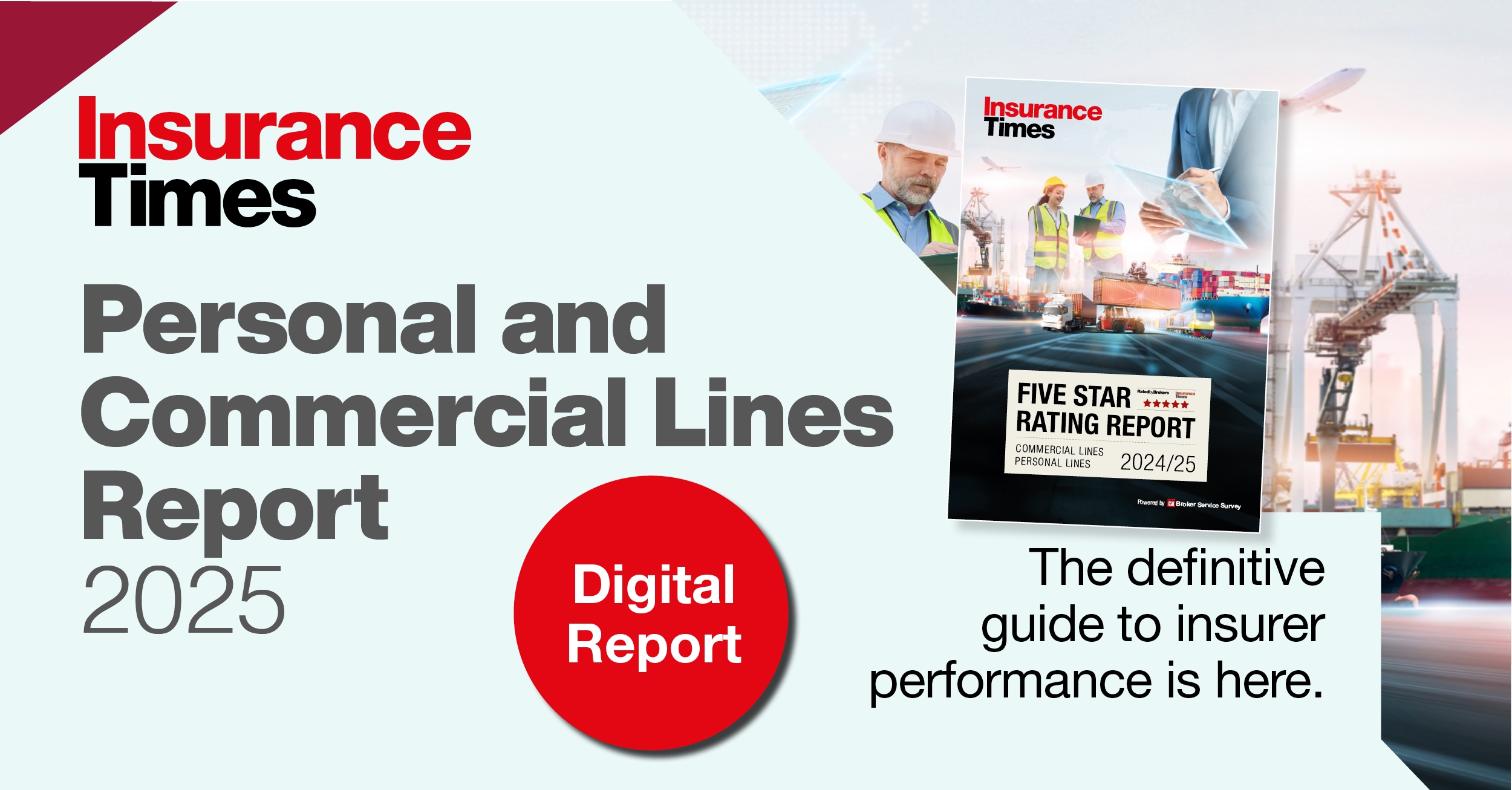Amanda Hone, head of schemes underwriting at Ecclesiastical, explains how a broker underwriting guide can be simplified
Have you ever been preparing for an audit only to spot that the broker underwriting guide (Bug) does not reflect all the changes that had been discussed and agreed with your insurer? Whether you’re a broker or an insurer, it’s an ever-evolving document reflecting what you’ve learned from each other about the scheme from referrals.

It’s hard to keep up to date and on top of the changes. There’s an ocean of text with just a contents list and word search to navigate. It sometimes tries to be both granular and broad at the same time.
As a result, you’ve got to read page after page to get to what you need. It can be confusing when there are multiple updates or when an update on a topic isn’t reflected in all relevant sections.
It’s hard for brokers to stay up to date and all too easy to suffer an unintentional breach of authority.
In turn, the Bug needs to be fit for purpose and should provide clear guidance that both parties are comfortable with and be up to date.
Challenges also come when the two parties aren’t aligned. As an insurer, if you have confidence in the underwriter you’ve delegated to, then you should be confident in how the Bug is applied.
That confidence should extend in the opposite direction too. An audit is then a two-way process whereby both parties can evidence accurate application or call out contradiction and areas that require clarification.
Striking a balance
In turn, it’s all about striking a balance. There can be a tendency to focus on rules without offering the necessary guidance. To put the Bug out and leave the broker to grapple with the complexity is unfair.
Conversely, being too woolly can lead to misinterpretation and a rise in referrals or underwriting breaches. Specialist schemes brokers might have just one insurer agency and that’s with their scheme carrier, so they depend on them for steer.
As an insurer, you’re unlikely to get the Bug right first time as it will be influenced by both parties input. It therefore could contain contradictions and it will evolve. You do need a level of ‘rule’ but with a balance of fluidity to reflect the expertise the scheme broker has in the sector.
Starting point
Ecclesiastical have an altogether different starting point – a mutually beneficial relationship in which insurer and broker take on the underwriting role together.
It’s a two-way exchange of knowledge and expertise. If you’re one of our brokers, we consider you part of our underwriting team. We’ll support you, train you and engage as if you’re in our office underwriting on our behalf – because that’s essentially what you’re doing. We may not always have the answers, but we’ve most likely come across the issue before and so we work with our brokers to achieve a mutual level of comfort.
By working collaboratively, you improve quality. And just by talking and keeping in touch, you remove much of the confusion and inefficiency that leads to frustration.
We’re able to build closer relationships because we have the expertise our brokers need in-house, with no need to outsource. We’ve been doing this for 40 years, so we understand the fine balance between guidance and authority. As technical compliance becomes more complex and volatile, these relationships will count more than ever.
Sign up for our webinar and find out what Ecclesiastical can do for your schemes.












































